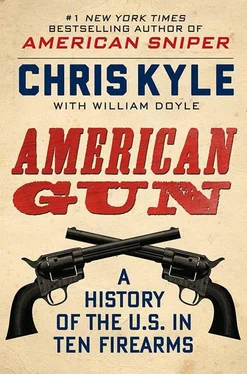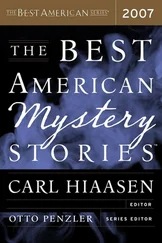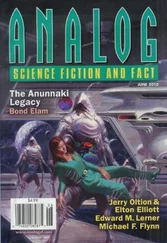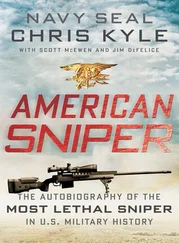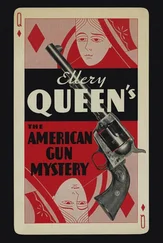Chu Pong, a large crust of a mountain, sat across the way. In geological terms, the 1,500 foot high-point was a “massif”—a large crust of the earth that remains fixed despite other changes around it. In military terms, it was high ground. Moore knew the Vietnamese were sitting up there, watching him and his hundred and seventy-five Americans. He was ready to rumble.
The enemy had the same idea. There were 1,600 of them.
By 12:30, several American platoons had contacted the enemy. Gunfire sprayed in fits around the hills between the landing zone and the mountain. The fight built slow, like charcoal just gradually warming in a grill. Squads engaged groups of NVA; the Vietnamese ducked and weaved. The Americans pursued. The Vietnamese countered; the Americans rolled with the punch.
Gradually, some of Moore’s platoons stretched to the point where they lost contact with each other. Waves of enemy soldiers began to appear, intensifying the attack. Forty or fifty Vietnamese ran out of a tree line into a pair of American squads. The Americans fired their M16s. The NVA kept coming. Grenades, rifles—it was sheer hell for three or four minutes. Then quiet. Then it stoked up again.
Minutes turned to hours. The Vietnamese brought machine guns up; rockets and mortars began striking the Americans. One of Moore’s platoons was cut off. The battle went into high gear.
American reinforcements flew in and were quickly committed. Suddenly, Moore himself was under attack. The colonel fought against his instincts to run into the woods and shoot the NVA himself. His job was to direct the battle, not get pinned down in the middle of it. He let his soldiers do their job, and stuck to his.
The men fired their M16s as quickly as they could load them. Skyraider attack planes rode in, striking small clusters of enemy soldiers. A medic kept his rifle in hand as he went from patient to patient, pausing to douse the enemy with automatic rifle fire while tending the wounded.
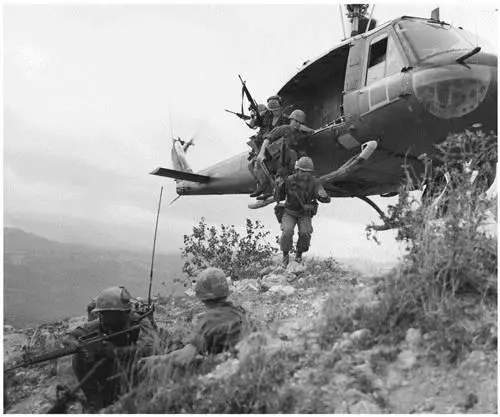
A 1st Cavalry platoon and their M16s hit the ground in Vietnam, April 1967.
U.S. Army
The dry creek Moore had crossed earlier became the center of fighting in the afternoon. Captain Louis Lefebvre blew through two mags of M16 rounds in a matter of seconds as sixteen or seventeen NAV regulars tried rushing from the trees. Between the rifle fire, grenades, and a nearby machine gun, the enemy vaporized.
But the Americans were taking big casualties as well. Lefebvre was hit, and the machine gunner near him killed.
Moore could see the enemy easily now. The men at the trees were excellent shots; Americans were being taken in the head. The soldiers poured bullets into the Vietnamese, firing a dozen shots for every one the enemy sent. Their superior firepower cut down the enemy charges, but it was anything but pretty. The battle had deteriorated, said Moore, into a “vulgar brawl.”
There were bizarre moments; thinking they were safely behind the lines, three NVA soldiers walked into the middle of an American group. M16s cut them down before the Vietnamese got their AKs off their shoulders.
Lieutenant Joe Marm found himself near an enemy machine gun nest in the middle of a massive anthill. He tried blowing it up with a LAW rocket. No dice. Grenade. Nothing. He reared back, lobbed another grenade over the back of the hill, then charged forward, M16 roaring. He ran some thirty yards right at the gun. When he was finished, the machine gun was out of action. Eleven NV enlisted and a North Vietnamese officer were all dead. Wounded, he continued to fight. Marm was later presented with a Medal of Honor in recognition of his bravery.
The battle continued with small-scale attacks through the night, then got hot again the next day. Severely outnumbered, the Americans poured lead into their enemies, got resupplied, fired more ammo. Planes strafed and bombed the surrounding jungle, staving off attack after attack.
For the Americans, the worst part of the fight came at a nearby landing zone, when companies that had moved away from the mountain to avoid being hit by a B-52 attack stumbled into a much larger Vietnamese force. One hundred and fifty-five American heroes would die or be listed as missing, and another 124 were wounded in that part of the battle. Overall, some 236 Americans lost their lives in the action at Ia Drang. According to Vietnamese figures, 555 NVA soldiers died, and 669 were wounded; the American estimates were slightly higher.
The engagement was a success for the Americans, even with the casualties. It proved air assault works. It also showed how chaotic war in the Vietnamese jungle could be.
And it demonstrated that the theories behind the new black gun made sense in real life. The M16 had made a critical difference in the battle. The large number of bullets it could fire helped turn back the Vietnamese several times.
“Brave American soldiers and the M16 rifle won a victory here,” Colonel Moore concluded after the battle at LZ X-Ray.
But even inside Moore’s unit, the rifle had not been flawless. There were scattered reports of problems.
Captain John Herren, the commander of Bravo Company, was surprised by a North Vietnamese soldier just after he had radioed in a report to another officer. He grabbed his M16 and fired at him; the gun fell apart with the burst, the trigger assembly coming out in his hand. Herren grabbed a grenade and tossed it over the embankment where the NVA soldier had run. Unfortunately, the grenade bounced off some brush and fell away. Herren and the two radio operators he was with didn’t stick around to find out what would happen next. Other soldiers found weapons on the battlefield that were useless, whether because they’d been hit or had jammed was hard to say.
Flaws in the M16 started to become public soon after they reached the troops in large numbers in 1965 and ’66. To that point, the only problem was getting enough of them out the door. But gradually, trial and error revealed that the gun had a fatal weakness as a combat rifle: It was not very forgiving if you fouled it or got it full of dirt. And a change in the powder used by the initial cartridges greatly increased the gun’s failure rate.
In other words, the damn thing had this bad tendency to jam at the worst possible time.
Not always, certainly, but it only has to happen to you once to get you killed. In 1965, soldiers were said to be selling their M14s on the black market so they could buy the new M16 out of their own pocket. By 1967, a lot of them must have been thinking about getting their money back.
The M16 wasn’t junk. It was a promising gun that needed improvements—which should have been fixed before being adopted.
In the years that followed, major revisions were made to the weapon. The M16 was tweaked as the M16A1 very shortly after it was introduced. A forward assist was added, which helped the shooter make sure the bolt was closed—useful when trying to clear a jam. The powder was changed. Instructions emphasized that the weapon needed to be maintained and cleaned often. There had been a lot of hype that it didn’t, which added to the jamming problems.
In the 1980s, a much improved version, the M16A2, became the new standard. Among the improvements from the M16A1 to the M16A2 were a heavier and stiffer barrel, a new hand guard, a new butt stock, a better pistol grip, an improved sight, a redesign of the upper receiver that improved cartridge ejection—you get the idea.
Most critical for the troops using it was a change replacing full-auto with a three-round burst. The M16A3 switched back to semi-auto and full auto. Newer M16A4s and the M4 carbine have a flat-top receiver, which allows devices to be attached via Picatinny rails. As a general rule, the M16A4 is used by the Marines and the M4 Carbine by the Army. They have their limitations, as all guns do, but they are now world-class battle rifles.
Читать дальше
